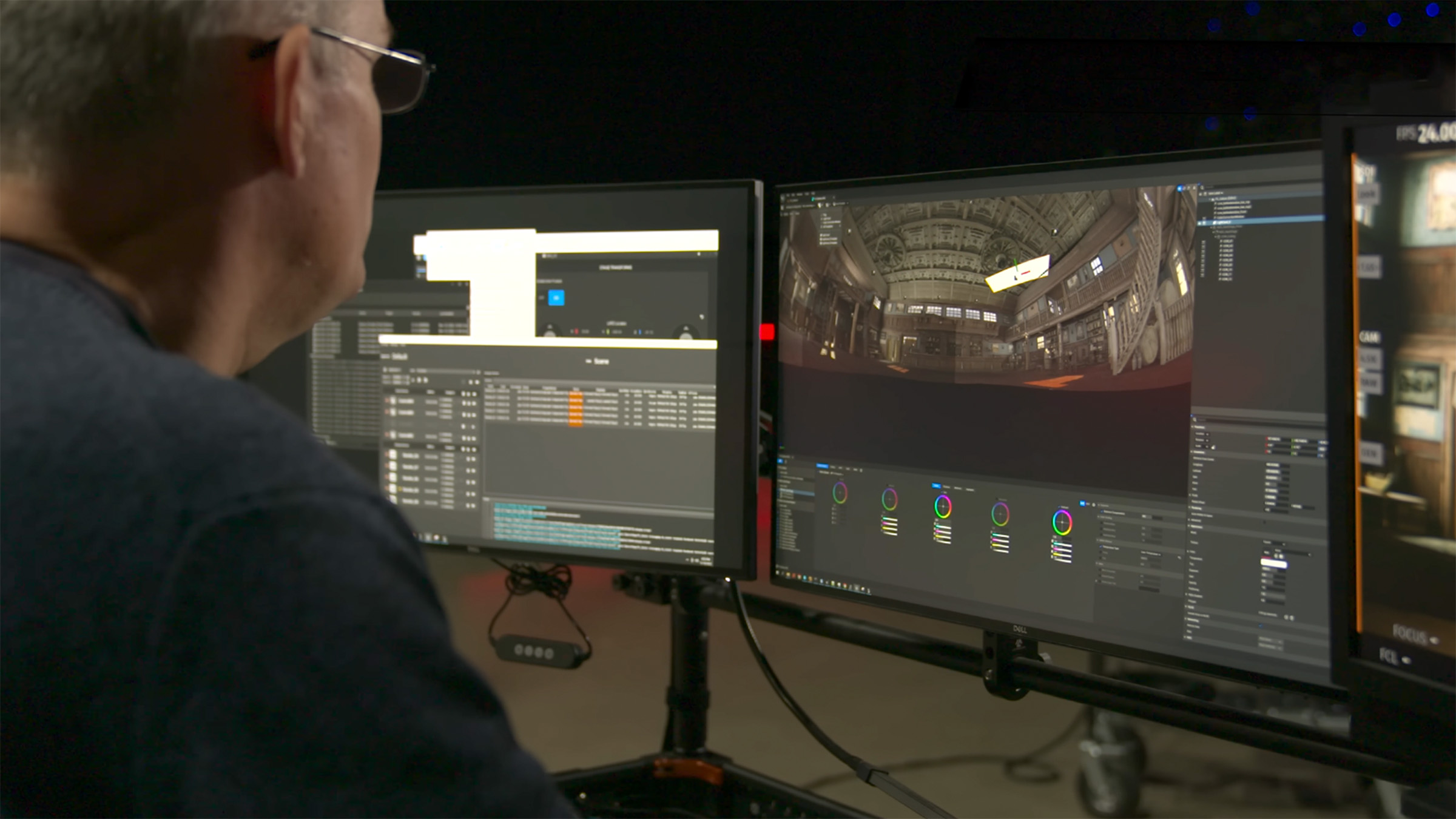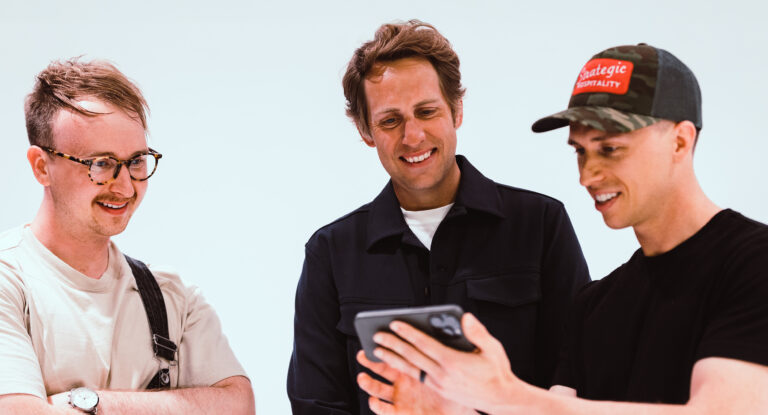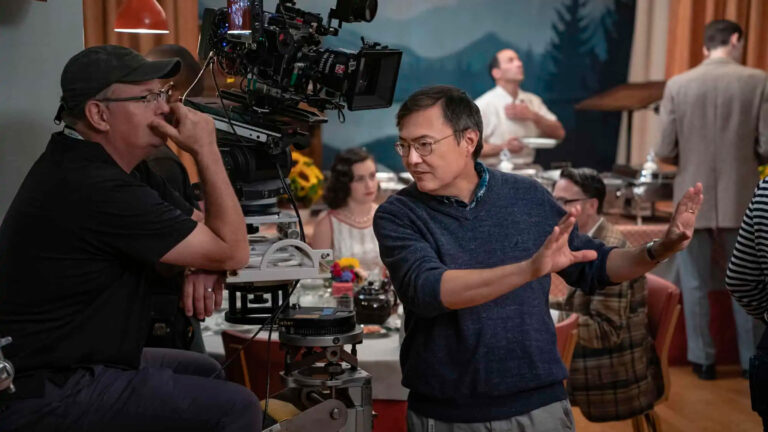Given that virtual production with LED volumes is still very much in its infancy, rapid changes and adjustments are to be expected—particularly when this new model has had such a profound effect on productions at every level. Lessons learned from real world experiences will make their way into new workflows. Tools will be reworked, refined, or even replaced. Skills will be sharpened, and new paths will be discovered.
One of the most significant of these discoveries is that a surprising number of the people you’d typically find on a film or TV set simply don’t need to be there.
But before you take that as a statement that virtual production will make everyone redundant, allow me to clarify. These people are still absolutely necessary for a production to take place—many conventional roles can easily pivot to virtual—they just don’t need to stand together on the set when it happens.
New view, new you
Regardless of the scope and scale of a traditional production, the critical roles typically include director, DP, producer, camera operator, actors, gaffer, production designer…it’s a long list. And the list is largely the same in the world of virtual production, but with a number of new roles added to the roster. As you’d expect, the majority of these are technicians required to set up and operate this new technology, collectively described as the Brain Bar.
Right now, during production you’ll find most of these creatives either on set or somewhere adjacent to it. There are a few exceptions, like executive stakeholders and producers—not to be confused with line producers who are absolutely needed on set—but when you’re working in a virtual production, it’s worth looking around and asking the question, “Do you really need to be in the room where it happens?”
But first, why?
While we’ve largely endured the pandemic, this world-shaking event has made many of us more cautious. Increased sensitivity to risk might affect how you insure and add contingency planning to your projects, which might come with a reconsideration and reduction of your headcount on set.
But let’s focus on the positives instead.
From a human perspective, it’s safe to say that some of us prefer not having to travel or commute to a location, contending with rush hour traffic, or having to drive home after a long day of production. Those of us who have won that travel time back and now have effective remote working setups at home will be understandably reluctant to relinquish these gains. And the world certainly breathed a little easier during the lockdowns, at least in terms of the environment.
The business benefits are also equally compelling. Whether your focus is on finding the best talent possible, the least expensive, or just people who are available during your project window, being able to cast your net across a much wider talent pool is more beneficial than strictly hiring locally.
Remote working also breaks down the convention that everyone turns up in the morning, and everyone leaves at night, sometimes waiting around on set for the moment they’re needed. (And being paid, regardless.) It’s possible, now, for remote workers to give some of their new-found flexibility back to you.
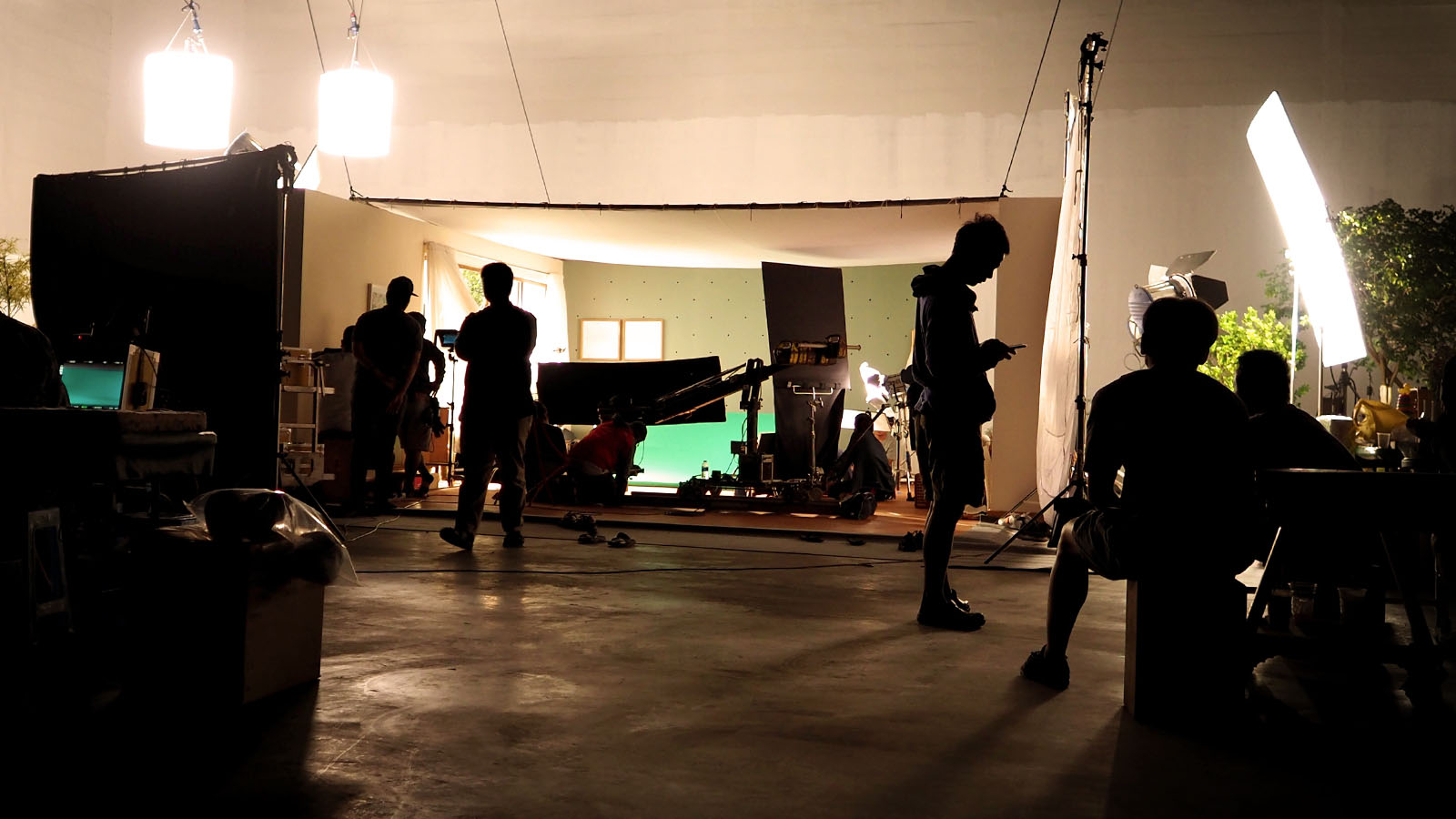
Perhaps they would previously have charged for transit time and costs, and now they don’t have to hide that in a line item. Maybe they can offer smaller blocks of time instead of daily or weekly rates. You certainly won’t need to factor in accommodation costs and travel admin. So going remote could easily save your production money and make your projects more agile in the process.
Which roles can be remote?
Whether a crew member can work remotely or not will depend on the scope of the project and the technology involved. Obviously, if something needs to be physically moved, you’re going to need a pair of hands to do it—whether it’s swapping out a bad panel, rearranging the shape of a volume, or moving a camera. But even then, some physical equipment can be built at the start and then operated remotely.
Take your DMX lighting setup as an example. Assuming it’s been designed to cover the setups laid down in the lighting script, your engineers can probably go remote in between the set build and break stages of your production.
Even moving cameras to accommodate new setups might be possible if you’ve deployed PTZ/remote heads on your rigging truss. So who can play a more remote role?
Directors
Directors already spend most of their time on set staring intently at monitors before passing performance feedback to their performers based on what they’ve just watched. So it’s arguable that much of this can take place with a livestream from the camera, and a video conferencing tool. (Some scenes in the recent Disney+ series Obi-Wan Kenobi were done precisely this way.)
Of course, if the director likes to walk up to the actors and take a demonstrative approach to the physical aspects of their roles, it may not be possible to replicate that style. But not every production requires a high level of actor/director interaction. For low-key projects, talking heads, presentations, education, and corporate work, it can certainly be enough for the director to be able to view and critique from a location off-site.

Animation, Environment, and Engine Operators
There’s not much physical for these members of the Brain Bar to touch, so theirs are among the most obvious roles to take off-site. They’ll need to see the video feed off the camera, along with an exploded view of the entire environment that they can manipulate from wherever they are.
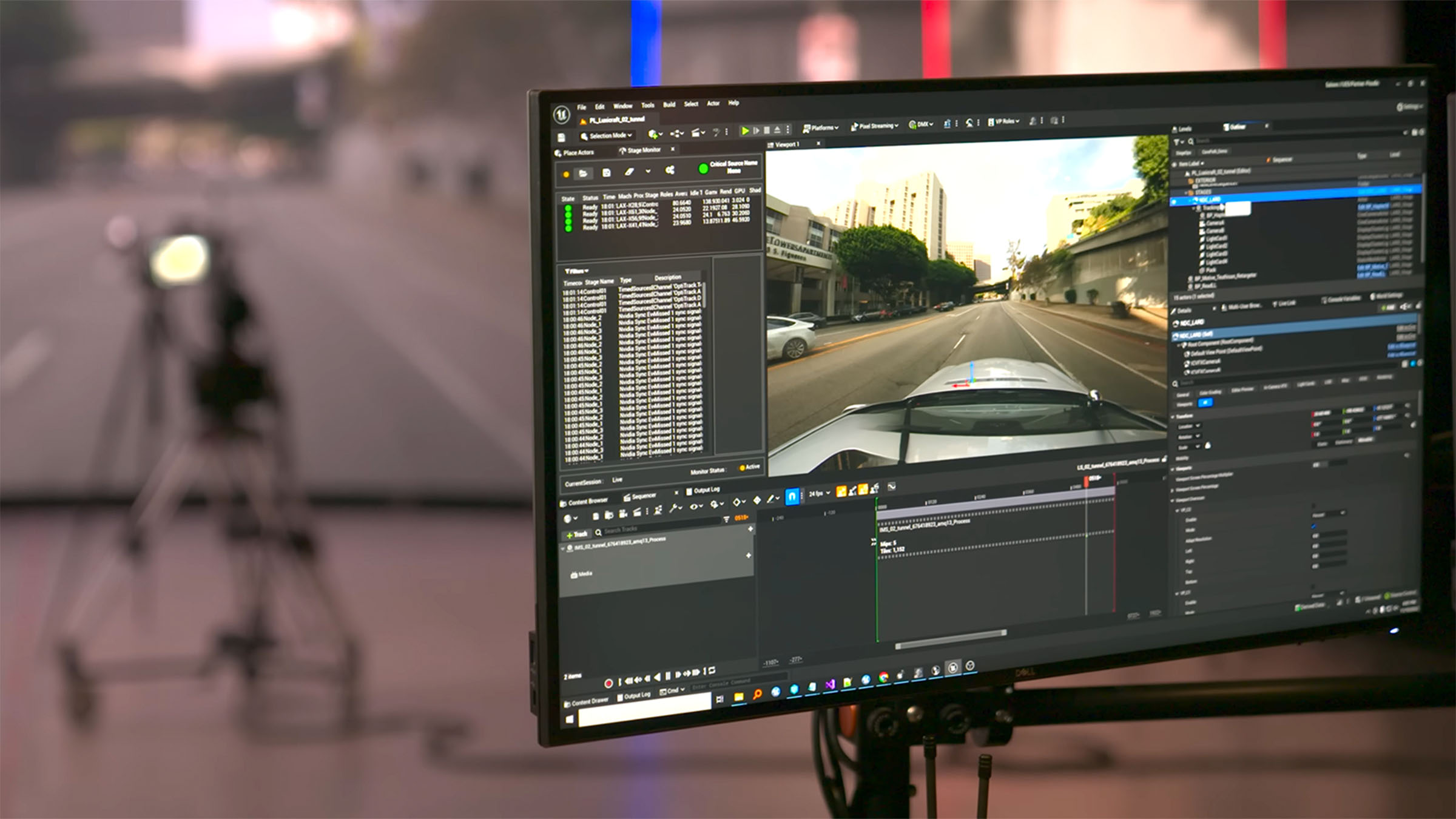
So, if someone points at the top corner and asks to change the color of something or requests an entirely new environment or lighting style to be applied, they can jump in, make the changes, and it’s done in a few seconds—where previously it might have required the use of several stage hands directed by the set designer, with cherry pickers, safety harnesses, and health and safety supervisors in play.
It’s quite impressive to see a complete volume background being manipulated and swapped out in seconds vs. the traditional long physical switchover between sets, which could last days or even weeks.
LED technicians and lighting crew
While these roles are different in practice, they’re actually kind of similar in principle. Once the LED and lighting systems have been installed, they can both be operated remotely. Depending on the size of your production, you might feel more comfortable having somebody on set who can move things around when required, but in the case of a full-scale volume, there’s nothing to move, and as I mentioned earlier, a well-designed lighting rig can be controlled remotely, too.
Digital Imaging Technician
The role of the DIT has been changing for a while now, with the emphasis shifting more towards the flow of data than the management of physical cards, shipping drives, and dailies workflows.
The objective of making sure that the original camera files and any other captured media get to where they need to go hasn’t changed. But the tools required to reach that goal certainly have—RED’s in-camera Frame.io integration is just one indication that the media pipeline has changed dramatically in a very short time.
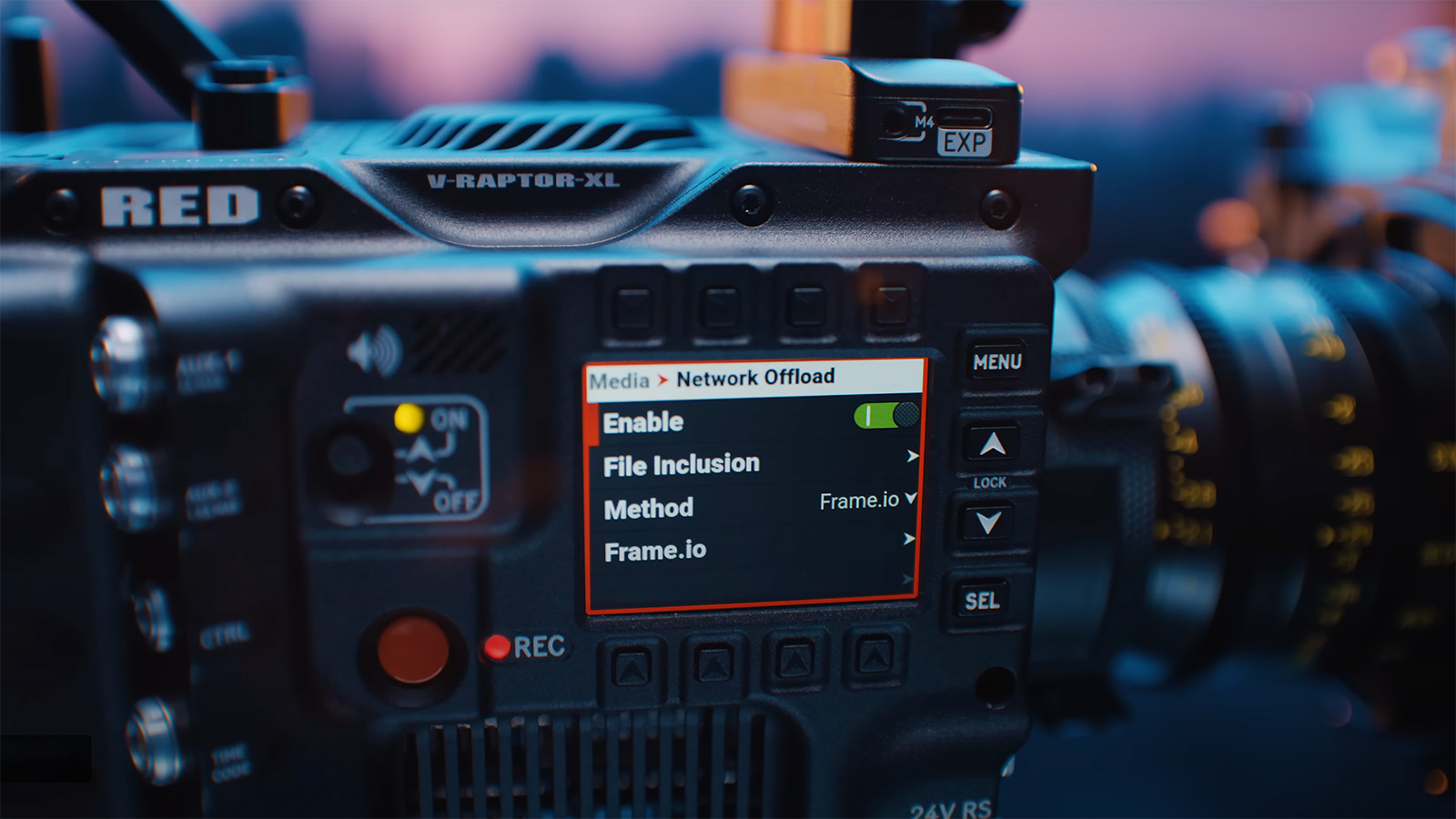
So rather than wrangling media on set, your DIT’s time could be better spent on managing your chosen cloud-based pipeline instead, sorting out the OCFs, system access, and footage curation throughout the stakeholder hierarchy. Once your cameras are hooked up, that can happen from anywhere.
Actors
You might think that I’m stretching the definition of remote here, but there are instances when virtual production can make performance a remote affair. Just not in the way you might expect. Don’t believe me? What if I told you that none of the actors in the Illuminati segment of Doctor Strange in the Multiverse of Madness were in the same room as each other?

Consider for a moment that one or more of your cast can’t make it to your virtual production location because they’re in another country or have a scheduling conflict.
Now imagine that you can send the scenery and lighting setups to a similar LED volume that’s closer to where your talent is, or at a later date to the original shoot. If you’re careful with your framing choices and there’s minimal physical interaction between characters, you could feasibly build a sequence that places your actors convincingly inside a scene even though you captured their performances in different countries at different times.
What technology do you need?
While the technology required to make high-end virtual productions work is a quantum leap from the hardware you’d find on a conventional set, the equipment you need to make the remote aspects of virtual production work are more straightforward.
Video conferencing
Teleconferencing is a given. We’re all very aware that being able to communicate between locations sits at the heart of an effective remote working environment.
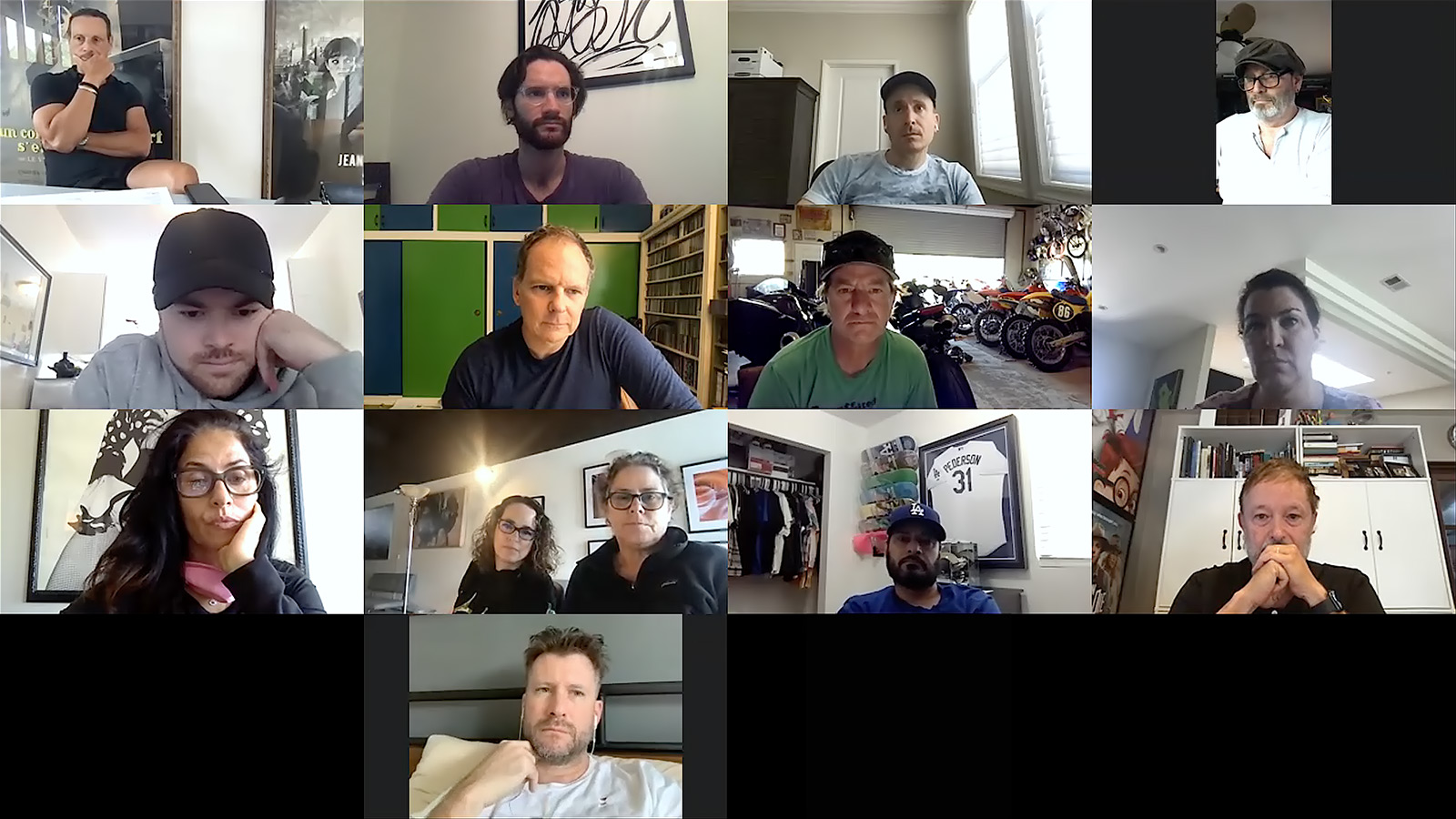
But it can also reach beyond simple face-to-face comms. You could set up multiple cameras to allow monitoring of key areas of the set or direct feeds from the cameras capturing the action.
Here’s a tip: PTZ cameras are great for monitoring, allowing your remote operators to point them wherever they like. Alternatively, some small 360-degree cameras can be used as webcams to provide an extremely wide field of view if that’s easier.
VNC software
The key to a remote set is VNC or virtual network computing. Running this software on a host computer allows an operator to dial in from a remote client. There can be a lag, but what you get in return is access to all of the local machine’s resources, storage, and applications from wherever the operator’s located. And it means you don’t need a particularly powerful computer as the viewer/controller since it’s just acting as a window into another system.
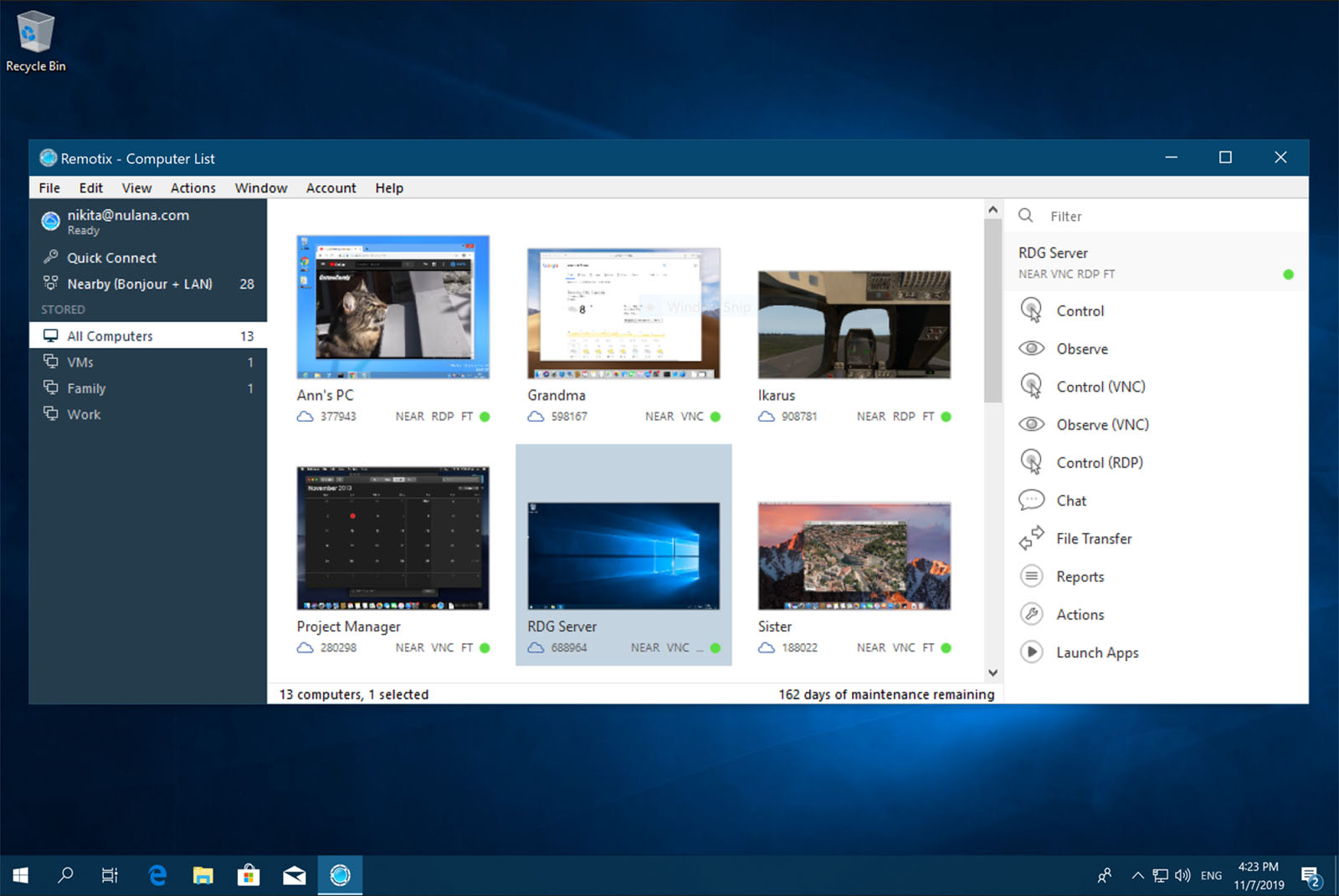
If you’re on a Windows 10/11 setup, you might already have remote desktop functionality. Macs also have a lot of remote management capabilities baked into the OS, too. But there are many third-party applications that’ll achieve the same goal, like Team Viewer, Remotix, etc. And many teleconferencing apps, such as Zoom, allow viewers to request control of remote systems.
Camera preview
Perhaps the most important link in the chain is a means for remote stakeholders to see the output from the camera. You can connect the output to a computer using a video capture device or web-cam-enabled switcher and stream it to them via your web conferencing software. I use a Blackmagic ATEM Mini Extreme ISO and connect all kinds of cameras/computers and other HDMI sources to it for great off-site viewing.
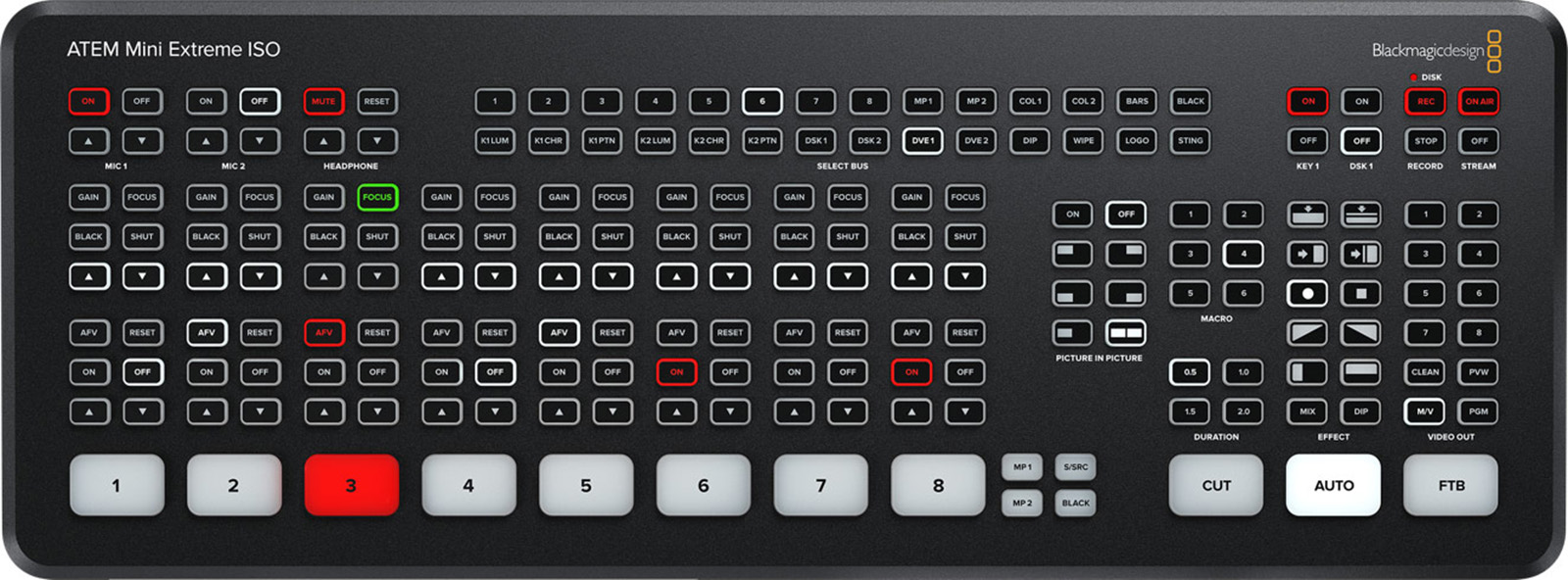
Alternatively, your off-site viewers might be patient enough to wait for you to upload original camera files or lightweight proxies to a cloud storage solution.
If you’ve got Creative Cloud or a Frame.io account, you could use Camera to Cloud. This lets you include on-set audio from supported field recorders, as well as employing Colorfront to add a grade to the footage before it’s uploaded—which is particularly useful for viewers who might not understand what raw log files look like.
Unreal Engine and Unity
Both Unreal Engine and Unity are core components for virtual production setups and are capable of incredible things when manipulated by an expert. They’re also experiencing rapid development, so staying on top of things may require some training. They also support multi-user manipulation of live projects and environments, owing to their pedigree as game development engines. As we know, today’s games are designed for multiple remote users to interact seamlessly. So this plays right into the workflow for remote production.
High-speed internet
With all of this data flying around, you’re going to need a decent and steady connection. If you’re working at an established virtual production facility, then it’s reasonable to assume that they’ll be able to offer you the bandwidth you need, often with fiber to the building. But even if that’s not the case, or if you prefer to keep your set and comms networks separate, bonded modems and a decent mesh network will get you to where you need to be—especially if you’re in an area with 5G coverage.
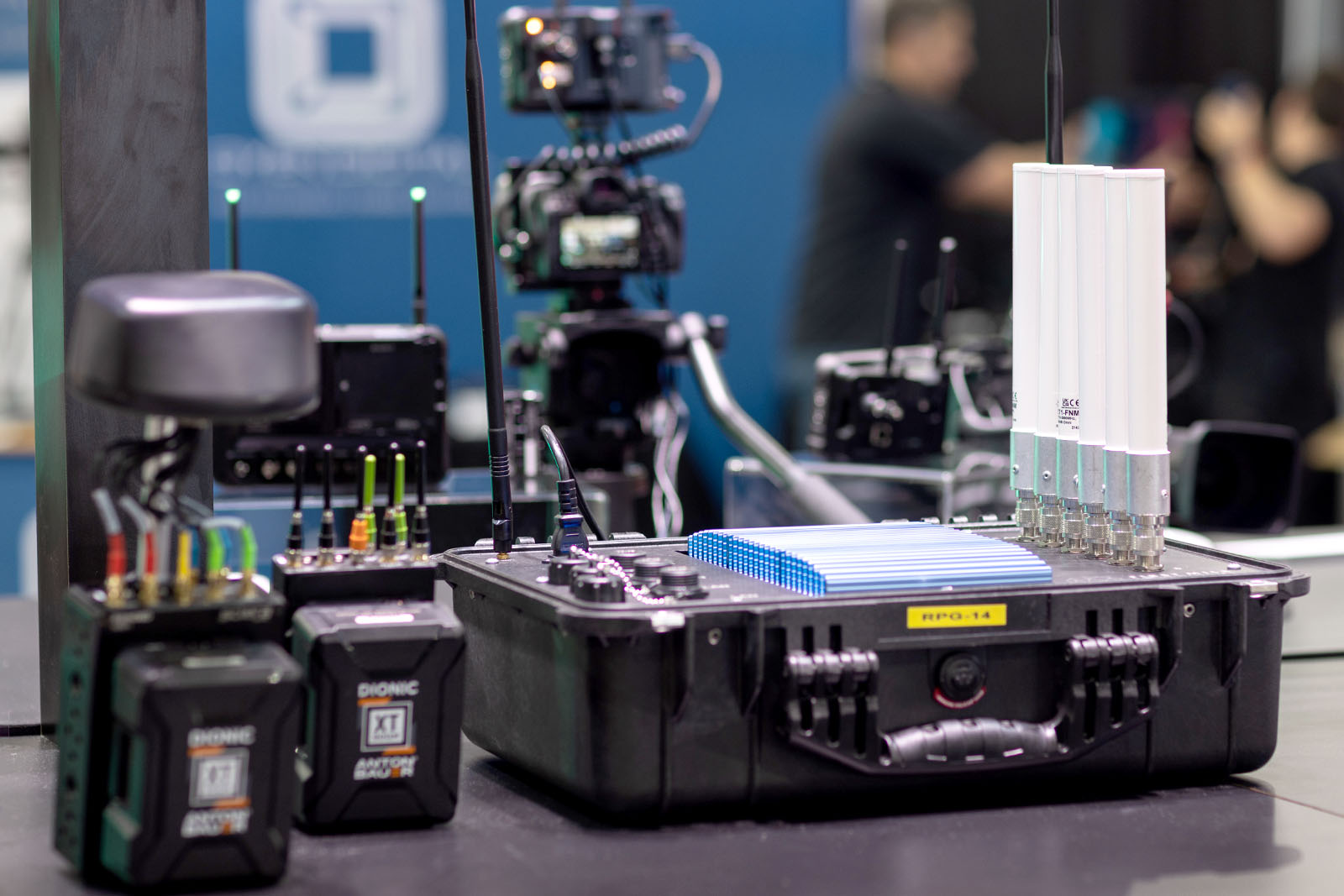
Do yourself a favor and set up a wired connection to your router or a switch, though. Wireless internet is convenient but increases the risk of packet loss and range or connectivity issues, which is not what you want during a multiple-hour shoot day.
A real-world example
I should point out, here, that none of what I’ve described so far in terms of workflow is theoretical. I’ve had firsthand experience of remote virtual productions in play and the benefits it can bring to a commercial project.
Recently, an organization specializing in online training for professionals asked me for some assistance with their existing production facility just outside LA. It’s a busy place, with ten green screens where they shoot around five to six courses daily. But, while chroma keying a background plate behind a speaker allows them to build variety and individuality into each of these courses, it’s a time-consuming technique that can cause bottlenecks in post-production.
So they were keen to find out if a relatively simple virtual production setup (an LED screen stage) might help increase their output from the same facility while improving the visual quality at the same time.
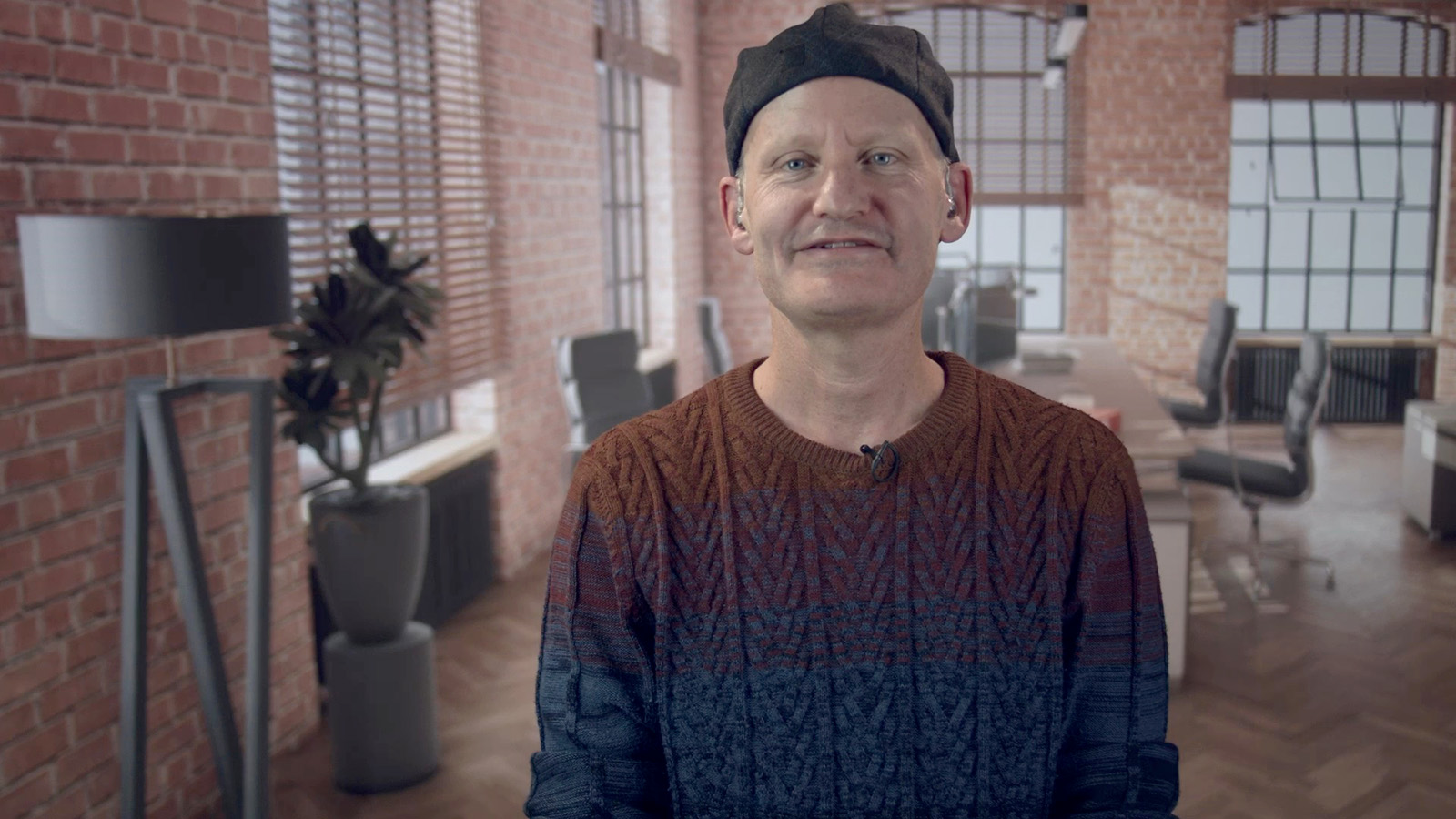
To do this, I offered to provide them with a demo of my own setup to help them understand the benefits of this approach. I’ve got everything I need to provide them with a demonstration of every aspect of a simple LED stage without them needing to step outside of their own offices. They could make their judgments on the basis of camera output alone. It worked out great in the end and they were all pleasantly surprised with the ease and efficiency of working remotely.
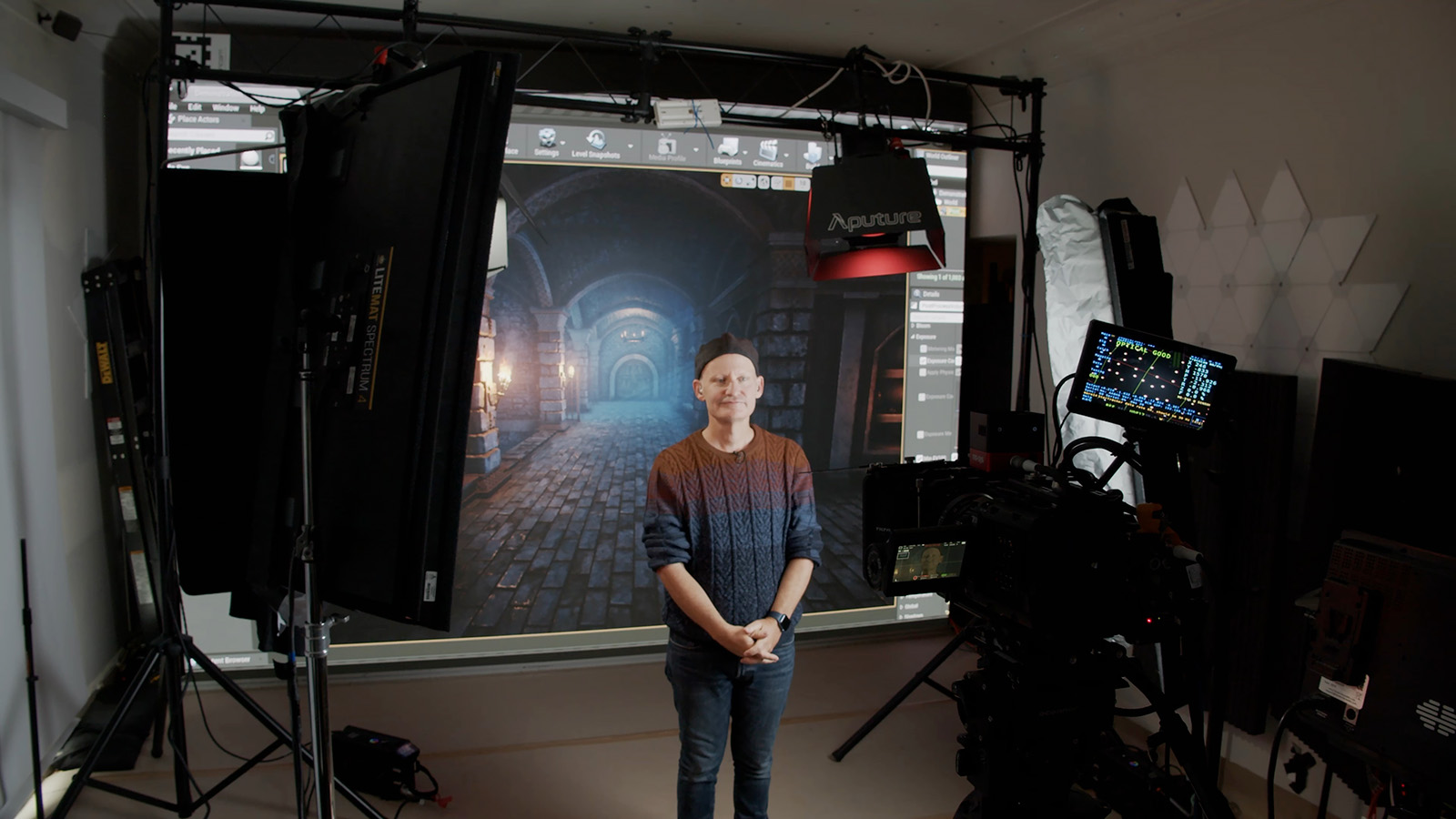
End transmission
Being in lockdown taught us a lot about flexibility, and the lessons can be applied to working on virtual productions. Perhaps the best thing is that we’re at the very beginning of a new model of working. There’s never been a better time to define how we work and the roles we choose to fill within this exciting new space.
Being the right person in the right place at the right time can still make the difference between getting the job. It’s just that “the right place” can now be anywhere with a decent internet connection, and “the right time” doesn’t require a two-hour commute.
So that just leaves finding “the right person,” and that one’s entirely up to you.
Featured image © Unreal

